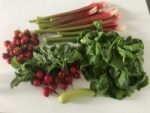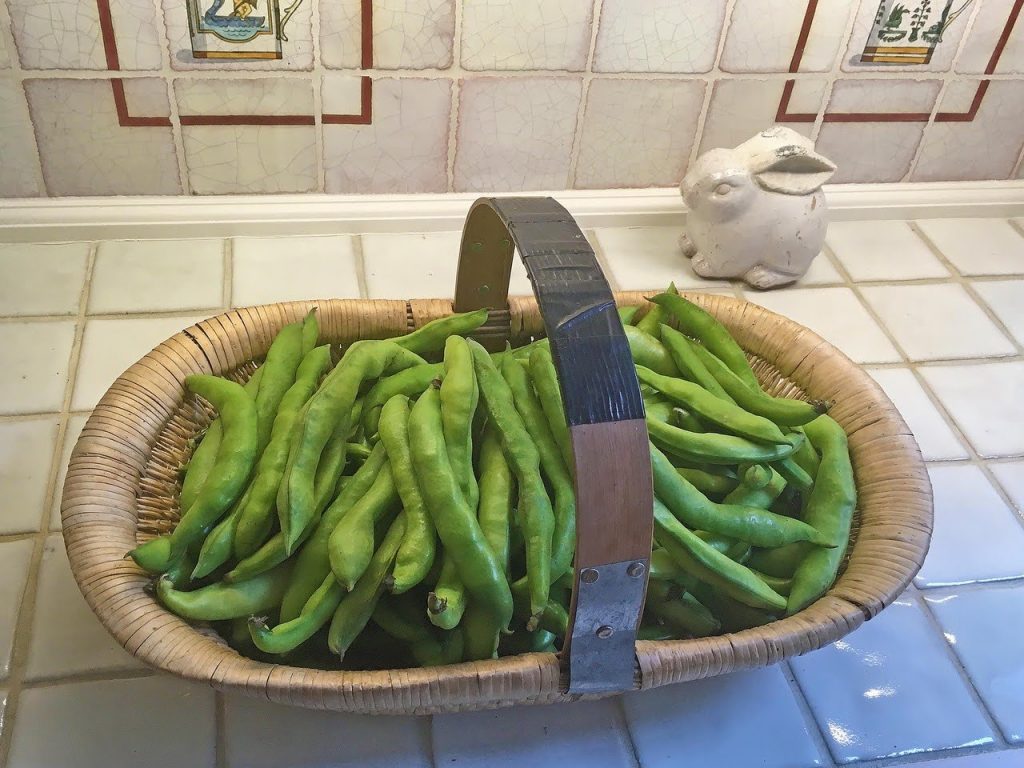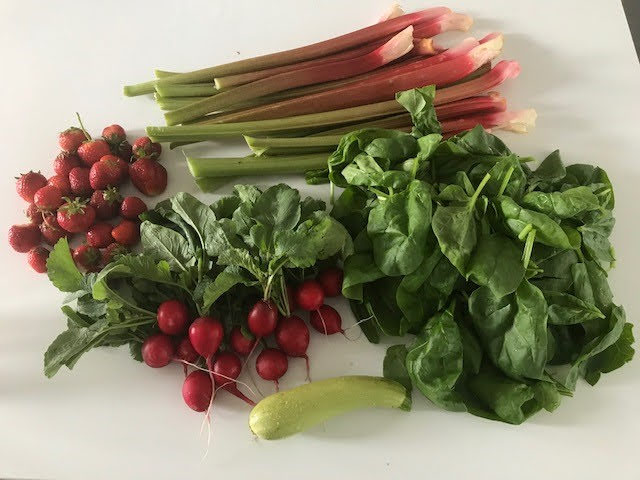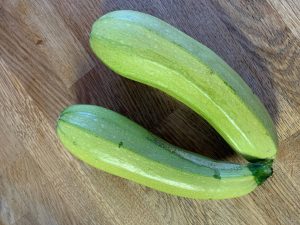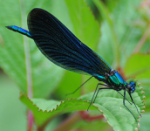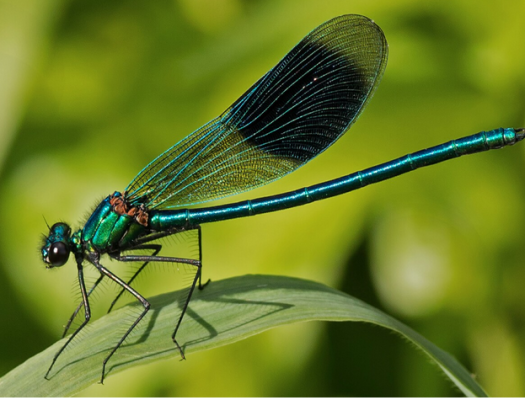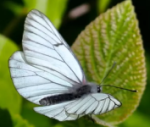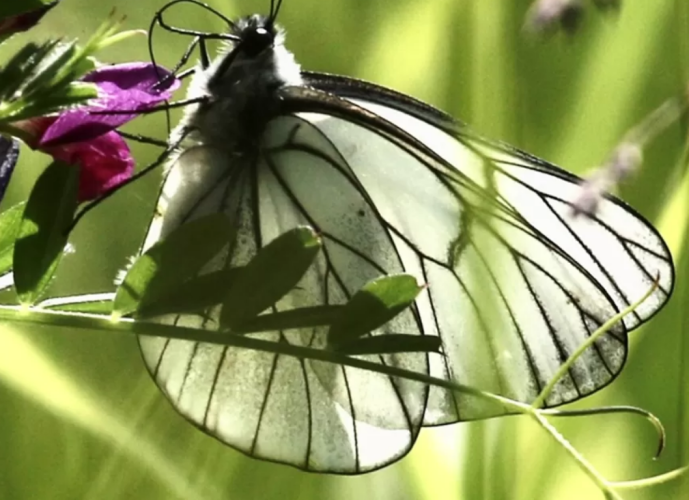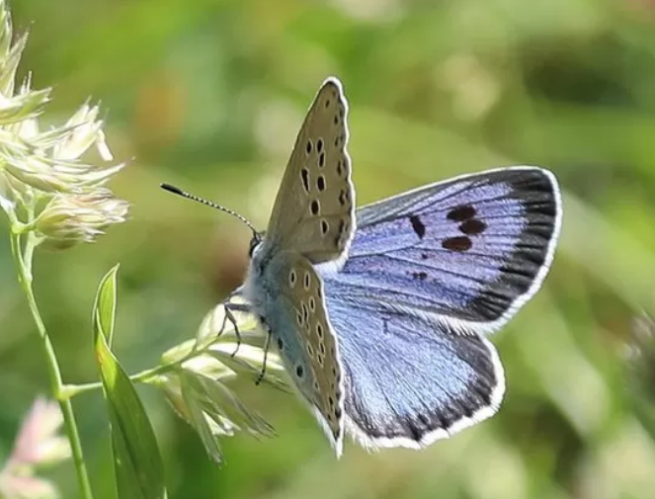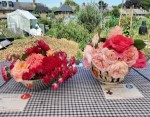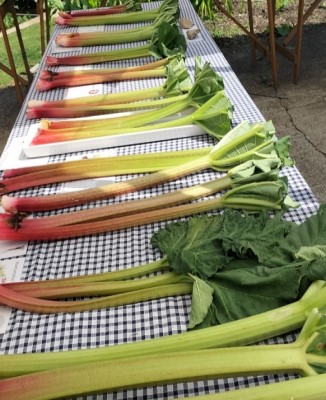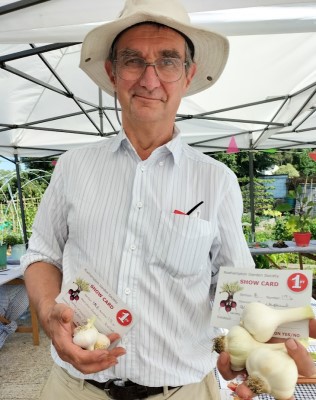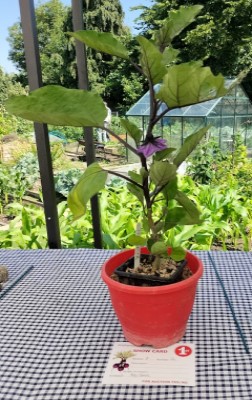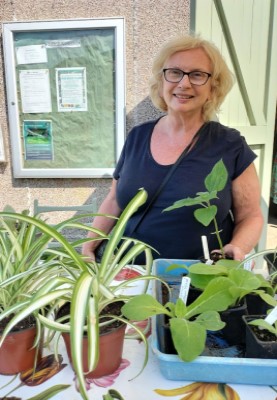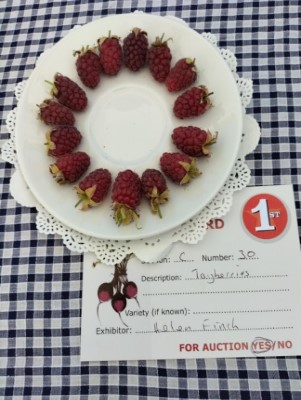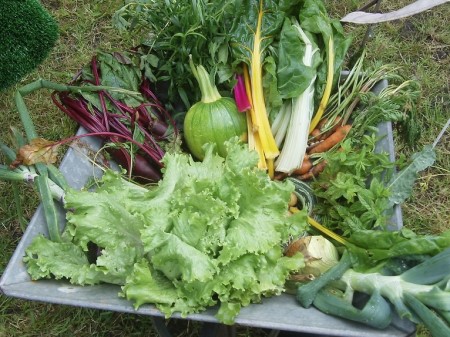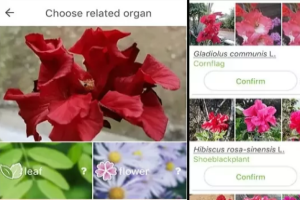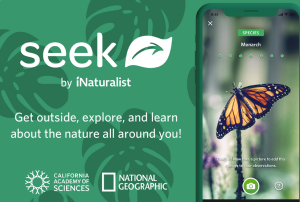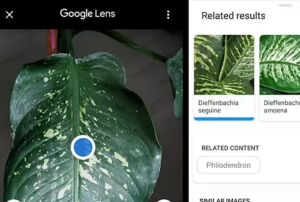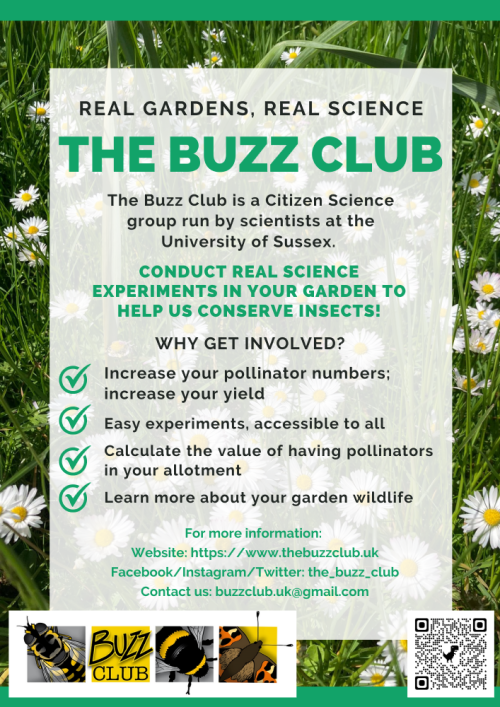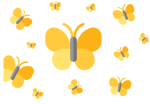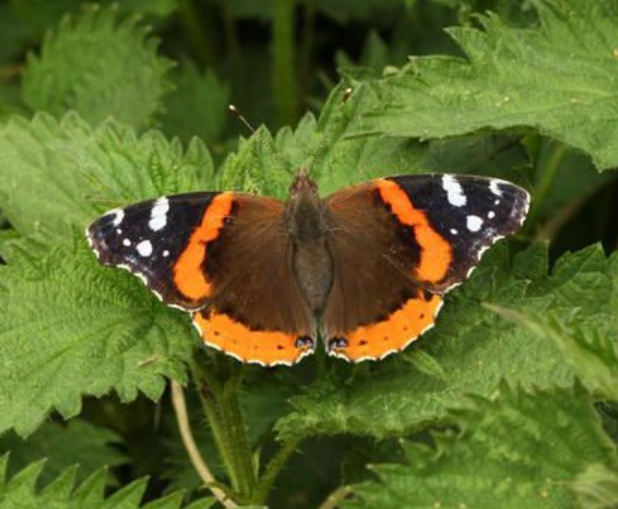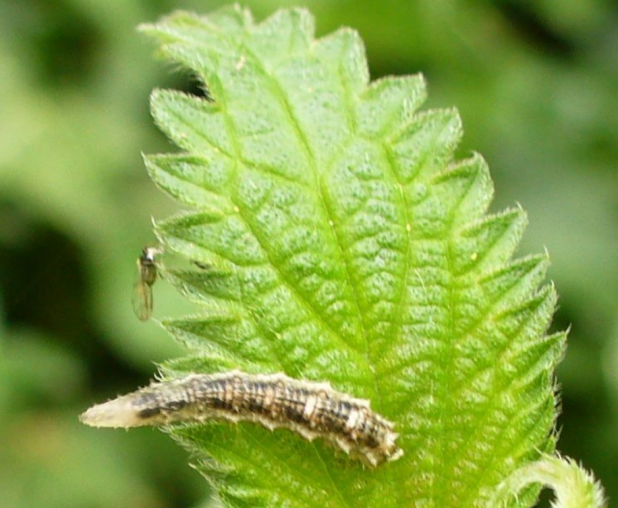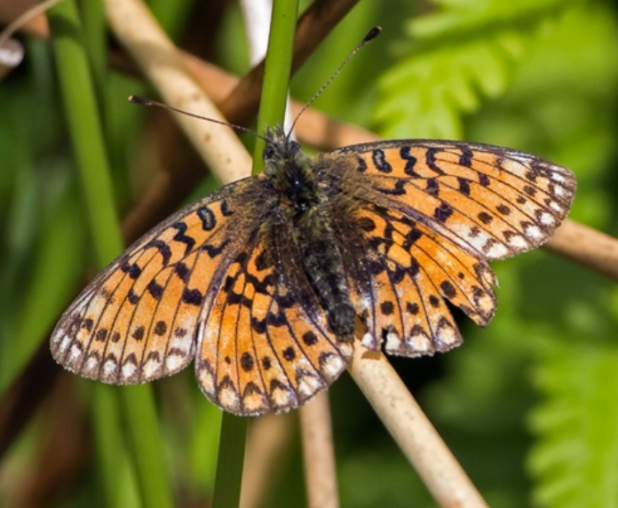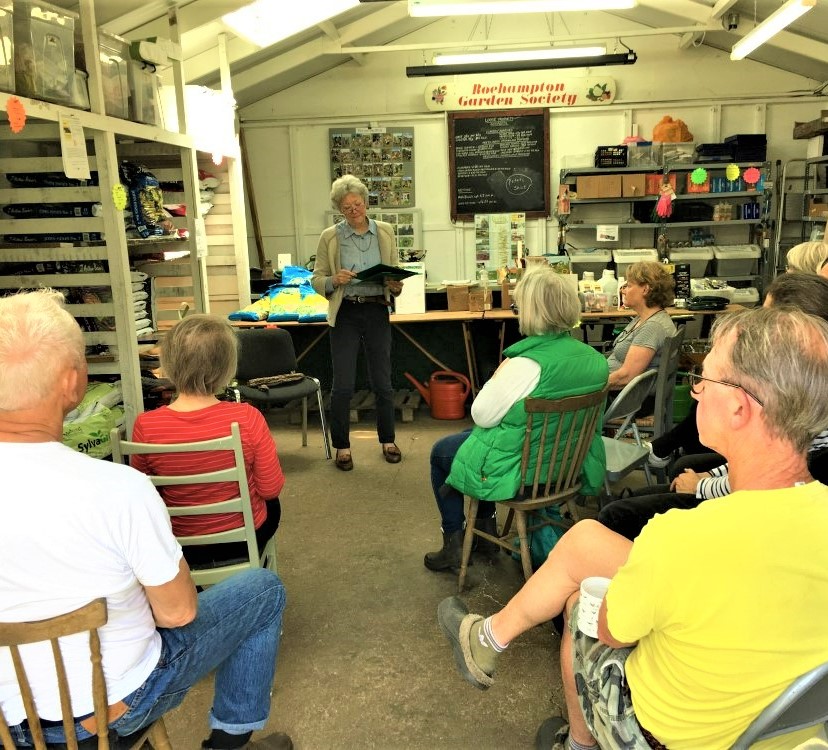Voting will close immediately after 7th July
A proposal has been made to members at a special meeting last month to change the name of our society to better reflect the modern geographical spread of membership. It became clear at our public exhibition last year to celebrate our Centenary, that many Putney residents simply did not realise that the Roehampton Garden Society also served Putney, indeed that a majority of members lived in Putney, and were deterred from becoming interested in our society.
The proposal to change the name to ‘The Roehampton and Putney Garden Society’ has been put to the membership for a vote.
📚 Read the Proposal statement here 📚 Read the Opposing statement here
Please then cast your vote online. You will have received an email with the correct link.
Once you have voted, the next screen will say ‘One last step to verify your vote’ and there is a box below ‘Type email to verify’. After you have entered your email address, click on the email icon to the right of your email address. You will receive a code by email which you will need to enter in the boxes provided. Once you have done that your vote is completed.
The final screen is a promotional one from the survey company – just ignore it.
If you continue to have problems let us know. A paper vote is available on request.
Please remember the deadline for voting is 7th July 2023.


